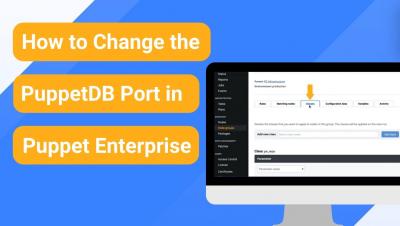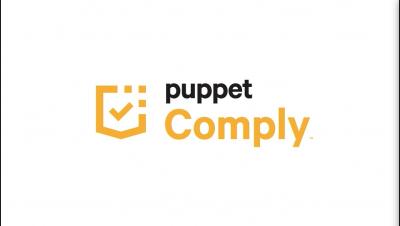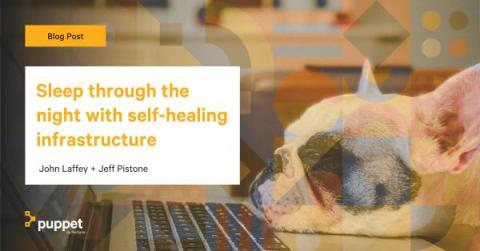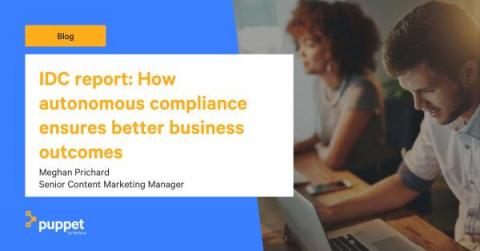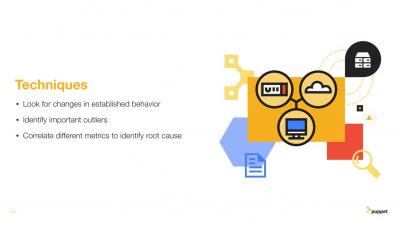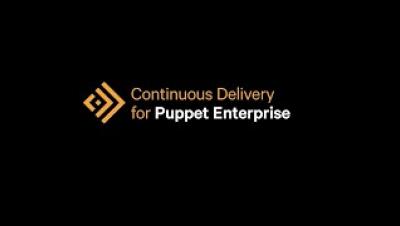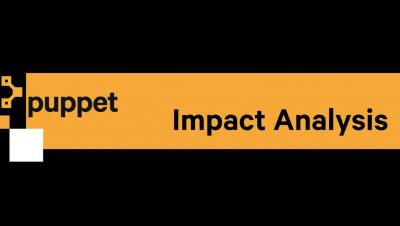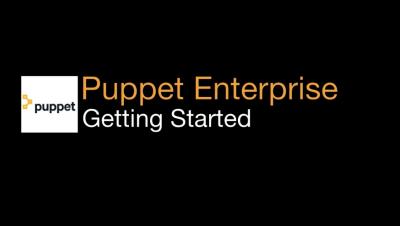Operations | Monitoring | ITSM | DevOps | Cloud
July 2022
Welcome to Puppet Comply
Sleep through the night with self-healing infrastructure
What is self-healing infrastructure and why do you need it? The first part is easy; it’s exactly what the name implies. It’s a methodology for creating automation that allows systems to identify and repair errors and misconfigurations without any human action. The “why” is a little more complex, but, like self-healing infrastructure, is well worth the effort.
Stop putting off patching!
Let's face it: no one likes patching. When I was a practitioner, we always put off patching until it was absolutely necessary. Until a business need – such as updating an application version or support ending for a version – arose, we didn't patch because "If it ain't broke, don't fix it." We all know this is a bad practice; let's remind ourselves why. The longer a system goes without being patched, the more changes will accumulate.
IDC report: How autonomous compliance ensures better business outcomes
A new report from IDC emphasizes just how critical autonomous compliance is for companies to ensure that their digital infrastructure environments are consistently hardened, resilient, and compliant. Leaders who prioritize compliance optimize company efficiency while reducing risk. The IDC PeerScape report outlines the best practices of these leaders, who, by implementing autonomous compliance, better protect their businesses.


